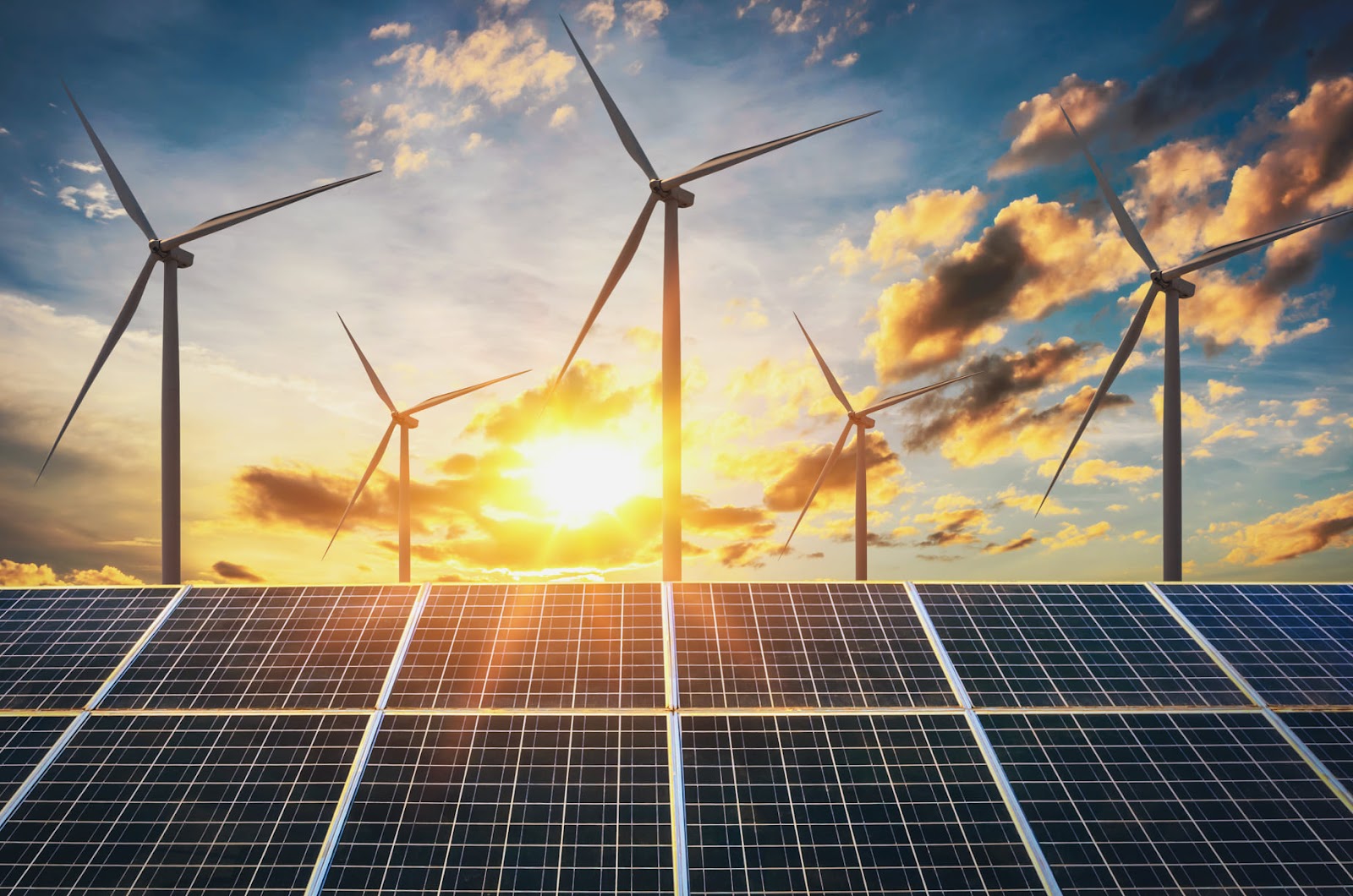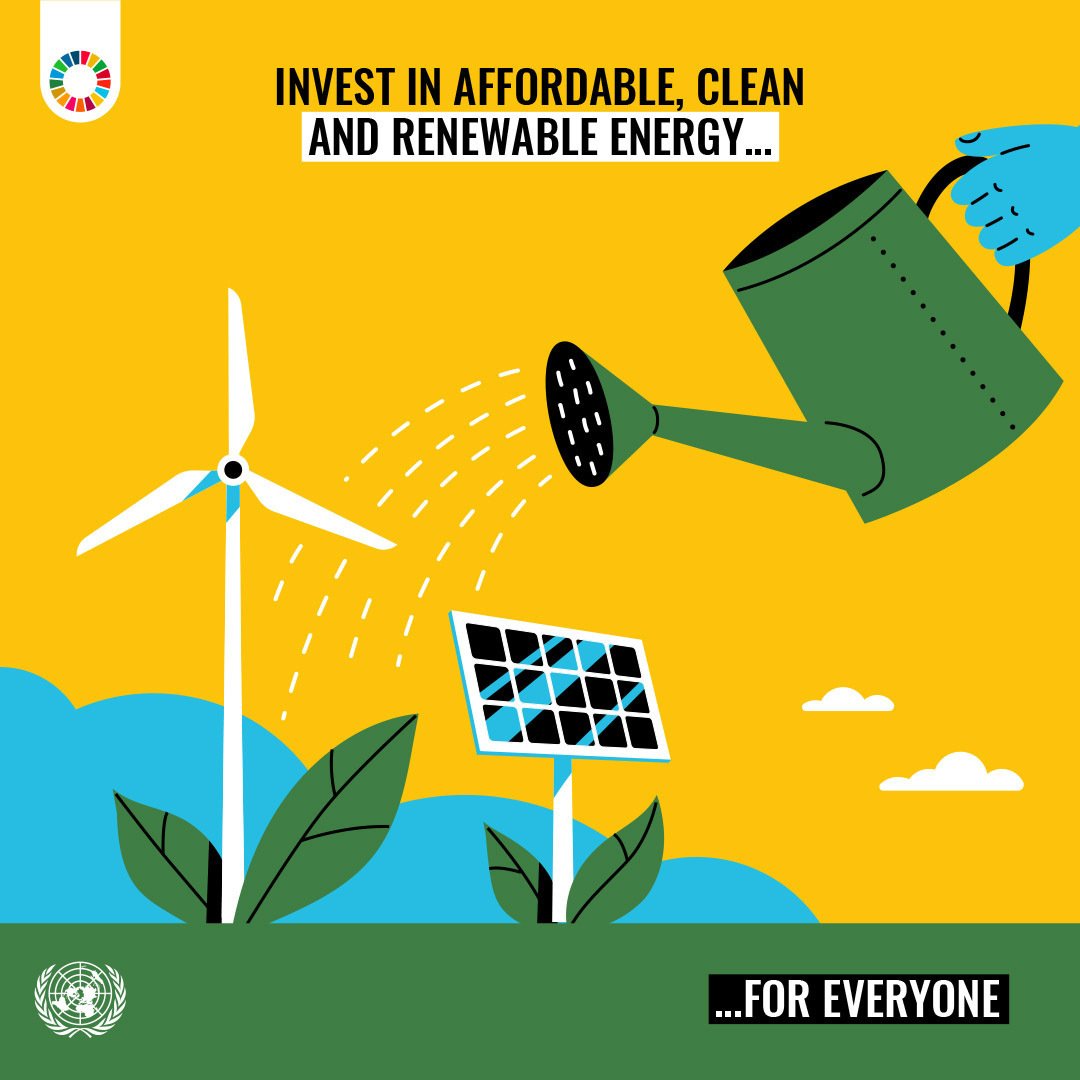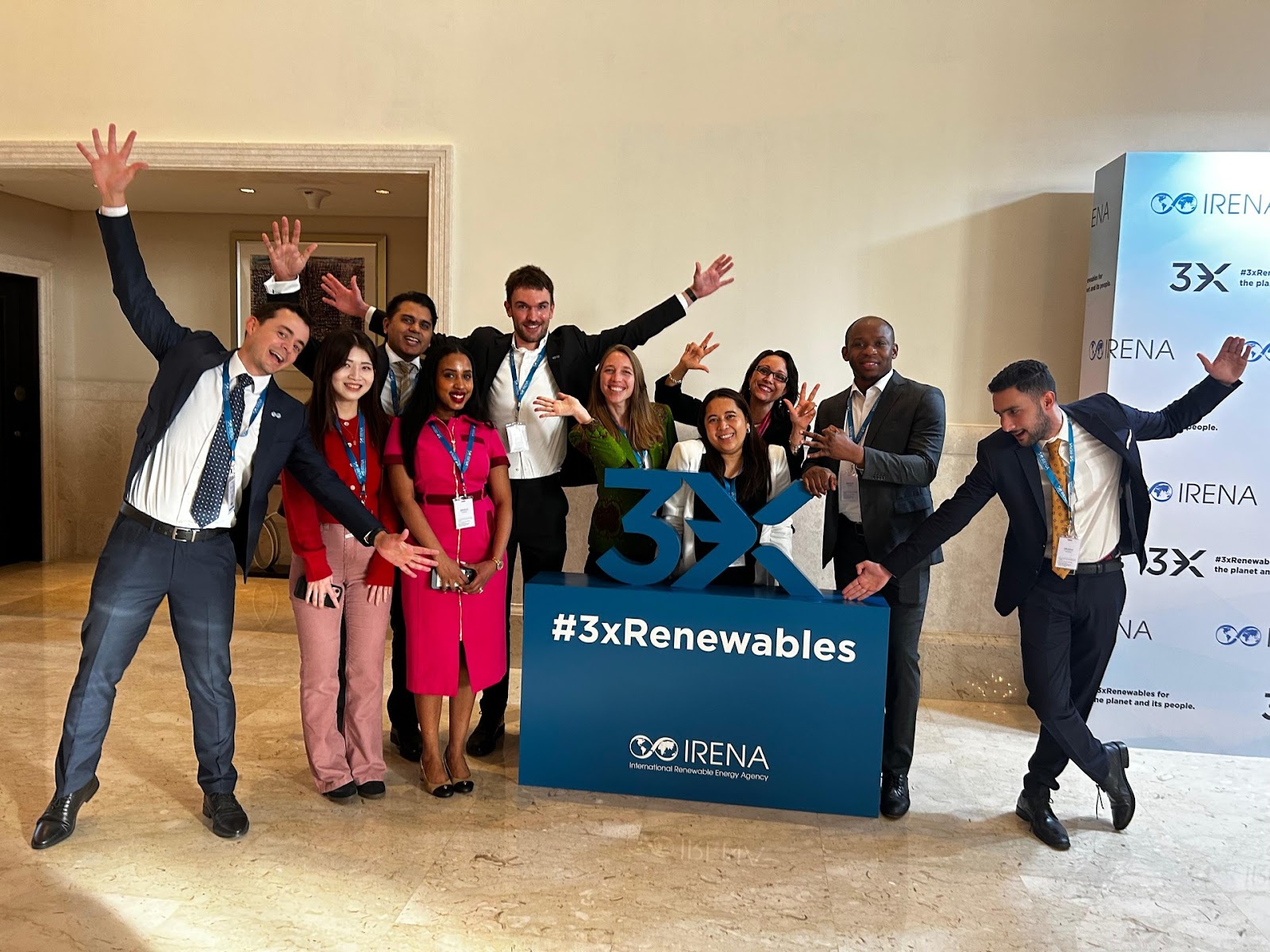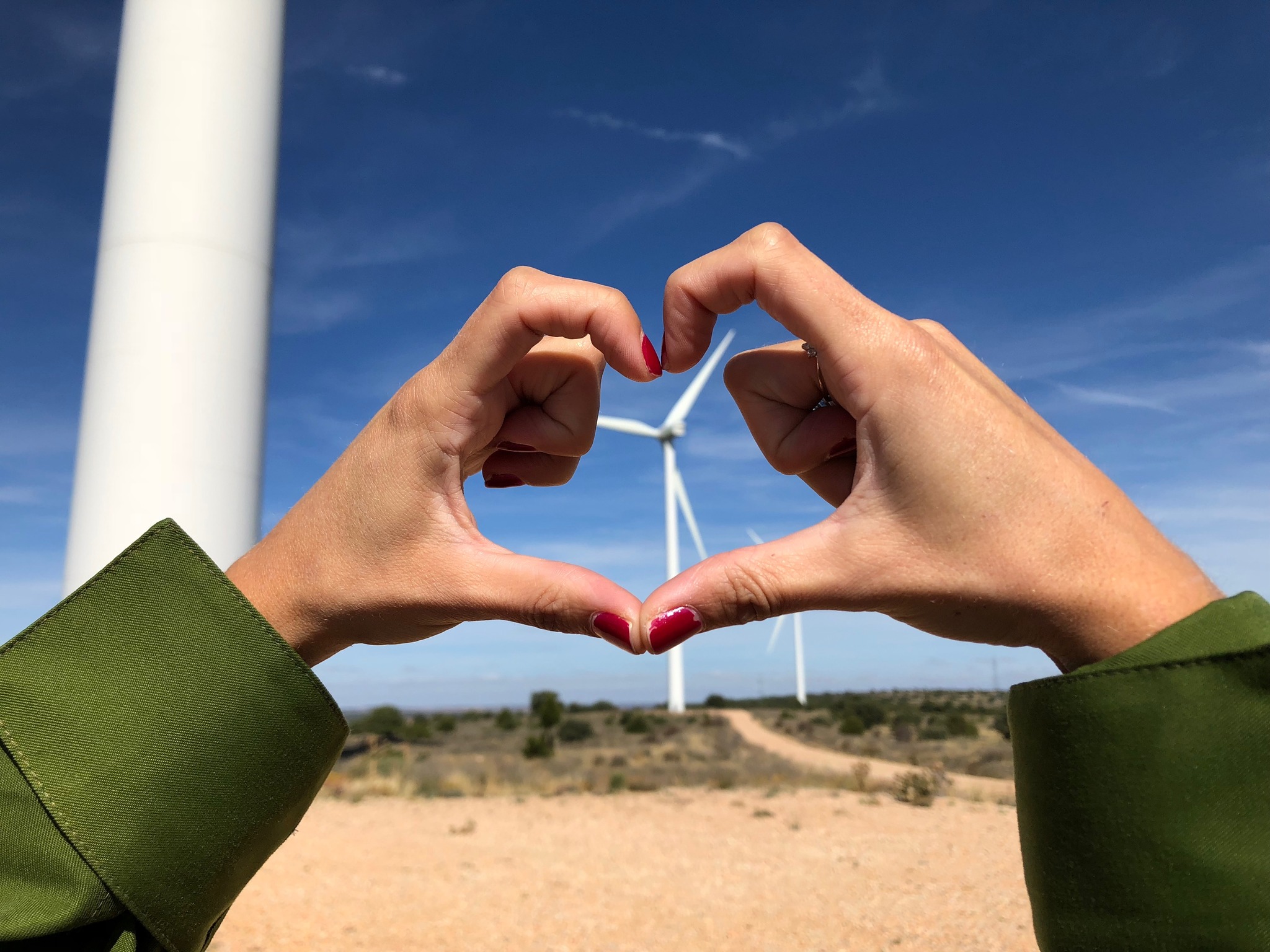Last month, the United Nations (UN) released a technical report, called Seizing the Moment of Opportunity, that was prepared by UN Secretary-General António Guterres’s climate action team. The report described the economic opportunity of the global energy transition. On July 22, 2025, the Secretary-General delivered a special address, during which he explained:
“The sun is rising on a clean energy age. Just follow the money. $2 trillion went into clean energy last year – that’s $800 billion more than fossil fuels, and up almost 70% in ten years. And new data released today from the International Renewable Energy Agency shows that solar, not so long ago four times the cost of fossil fuels, is now 41% cheaper. Offshore wind – 53%. And over 90% of new renewables worldwide produced electricity for less than the cheapest new fossil fuel alternative. This is not just a shift in power. This is a shift in possibility.”
Beyond cost, the report focused on the advantages of clean energy technologies compared to fossil fuels. For example, project lead times, consisting of the planning, development, and construction phases, for utility-scale solar and onshore wind were only one to three years, compared to up to five years for coal and gas, and ten to fifteen years for nuclear.
Video Courtesy United Nations
Even though fossil fuels still accounted for 80% of total energy supply last year, “experts believe that solar, wind, and EVs have irreversibly crossed a positive tipping point and entered a virtuous cycle of cost decline and widespread adoption,” the UN noted. The report claimed that “solar and wind have become the fastest growing sources of electricity in history.” In the decade from 2015 to 2024, clean energy’s annual electricity capacity increased by 140%, while that of fossil fuels only increased by 16%. Over the same period, clean energy’s yearly electricity generation increased by 81%, but that of fossil fuels only increased by 13%. Last year, clean energy accounted for 92.5% of newly added electricity capacity and 74% of growth in electricity generation. Global installed capacity, in particular, achieved record annual growth for the twenty-third consecutive year.
Other technologies are also seeing increased rates of adoption. Sales of electric vehicles, for example, have increased by a factor of 33% over the past decade, from 500,000 in 2015 to more than 17 million last year.
The intergovernmental body also lists several clean energy milestones that it expects the world to reach soon. The UN predicts that solar and wind generation will overtake nuclear power in 2026, and that solar will overtake hydropower to become the most significant renewable source of generation in 2029.

Photo Courtesy International Renewable Energy Agency (IRENA)
The economics of clean energy are a focus of the report. After surpassing investments in fossil fuels back in 2016, global investments in clean energy rose above $2 trillion last year for the first time. In 2023, clean energy contributed USD 320 billion to the global economy and employed 34.8 million people. This year, the International Energy Agency estimates that clean energy investments will hit USD 2.2 trillion, while fossil fuel investments will sit at USD 1.1 trillion. “This means that today, for every dollar going to fossil fuels, two dollars are invested in the clean energy transition,” the UN wrote.
At the same time, the World Meteorological Organization (WMO) reported that over its 175 years of observation, 2024 was the warmest yet, featuring a 12-month span whose average was most likely higher than 1.5°C above preindustrial levels. Carbon dioxide emissions from fossil fuels are adding to this drastic trend, and an increasing number of climate events are wreaking havoc across the world. Last year, extreme weather events resulted in USD 320 billion of economic losses, and 56% of those were uninsured.

Photo Courtesy United Nations
The United Nations lists numerous opportunities and benefits presented by the energy transition. Clean energy resources contribute to energy access, affordability, and security, for example. 74% of the people in the world live in countries that are net importers of fossil fuels, leaving them at the mercy of supply disruption risk from the likes of international conflict, which can lead to volatility in prices. Meanwhile, more localized clean energy resources can provide cheaper and more reliable power. Grid, mini-grid, and other off-grid solutions are particularly important for the 666 million people who still lack access to electricity as of the end of 2023. As the UN explains, “The implementation of small-scale renewable energy microgrids has been shown to significantly contribute to sustainable development by improving livelihoods, reducing poverty, and enhancing food security, health, and education.”
Clean energy is increasingly correlated with economic growth and job creation, as well. In 2023, the sector added USD 320 billion to the global economy. In 2021, direct and indirect clean energy jobs exceeded fossil fuel jobs for the first time–a trend expected to continue through the mid-century. The International Renewable Energy Agency (IRENA)’s pathway to limit global warming to 1.5°C above pre-industrial levels projects an average increase of 1.5% to global GDP every year between 2023 and 2050, with the clean energy sector adding approximately 40 million direct jobs during that time.
To seize this moment of opportunity and avoid a myriad of potential barriers and challenges for the energy transition, the UN lists six recommendations:
- Provide policy coherence, clarity, and certainty
- Invest in enabling infrastructure for the 21st-century energy system
- Meet new electricity demand with renewables, especially for rapidly growing sectors like big tech – in particular for AI and data centers
- Place people and equity at the heart of the just energy transition to drive inclusive economic development
- Supercharge the transition by increasing cooperation on trade and investment
- Dismantle structural barriers to mobilize energy-transition finance for developing countries
“The world stands on the cusp of a new energy era that can deliver immense economic, climate, and sustainable development benefits. We are presented with an unprecedented moment of opportunity to deliver the policies, frameworks, and infrastructure needed to capitalize on the falling costs and abundant potential of renewable energy to unlock the transition globally — particularly in developing countries where renewable resources are vast and access needs are greatest,” wrote the UN. “But this window of opportunity will be missed if we fail to act with urgency or to work together.”

Photo Courtesy International Renewable Energy Agency (IRENA)





